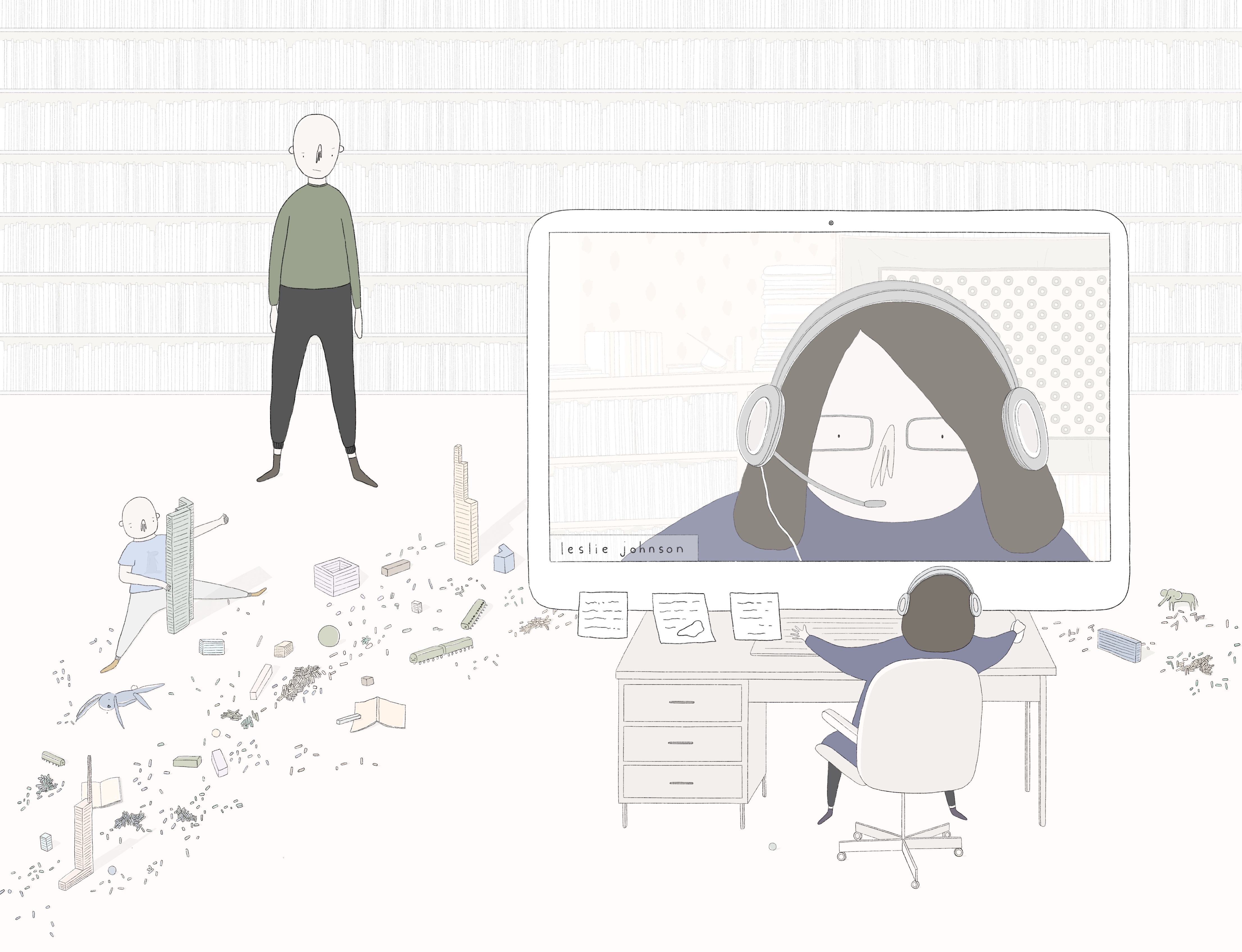The Architectural Problem of Working from Home

In response to the global COVID-19 pandemic, shelter-in-place orders enacted by governments across the globe have altered the way in which we work and live. For many, it means our living spaces are now becoming our workspaces for the first time.
With that transition come a host of architectural questions. In an effort to answer them, College of Architecture Studio Assistant Professor Leslie Johnson is teaching Conditions of Interiority during the summer 2020 semester. The course, created in quick response to the pandemic, aims to study dwellings and their varying typologies across the globe and throughout history in the context of a quarantined world.
“Our private lives are now involved in our professional lives and our professional lives are now involved in our personal lives. This overlay is what I’m interested in exploring,” says Johnson.
One of the issues at hand, Johnson says, is the way that our private spaces have become public during the rise of teleconferencing. The way that our clothes might project elements of our personality or our socioeconomic status in a public setting is now being relegated to the corners of our homes where we connect with our colleagues.
“We’re making assessments about others all the time, but when we sit in a classroom or workplace together, we’re sort of neutralized,” says Johnson. “But now when we have 12 windows of everybody’s interior space, we are looking at that as a kind of extension of the body.”
Johnson also says shelter-in-place orders are challenging the layouts of our spaces. She cites the prevalence of open-plan interiors in newer construction and how that can impede multiple people completing different jobs simultaneously. Likewise, she points out how our tendency to classify rooms by purpose in western culture—bedrooms, dining rooms, living rooms, etc.—can create a sense of dissonance when we’re asked to work within them, especially in smaller urban dwellings where space is at a premium.
“[Working from home] exposes the expectation that we’re saying a room is only for a certain thing when maybe it can be for many things,” says Johnson. “The fact that we try to call something by a shorthand makes us forget about the nuances and complexities about what it means to have all these functionalities in our home.”
In many ways, society as a whole will need to rethink the way we can accommodate both work and life as freelancing and gig economy jobs have made working from home a more prevalent practice. In many ways, the COVID-19 pandemic merely amplified this need. Either way, though, Johnson says this is a moment for change, and her ultimate goal is for her students to reconsider the dichotomy of working and living in one space as future architects.
“If we just go back to the same thing, I would be disappointed in everyone,” says Johnson. “I think a potential positive connected to a negative is that the longer this goes on the more likely it will be to influence a generation of designers, a generation of thinkers, and the general public.”
Illustration by Nikki Sugihara (B.ARCH. 5th Year).